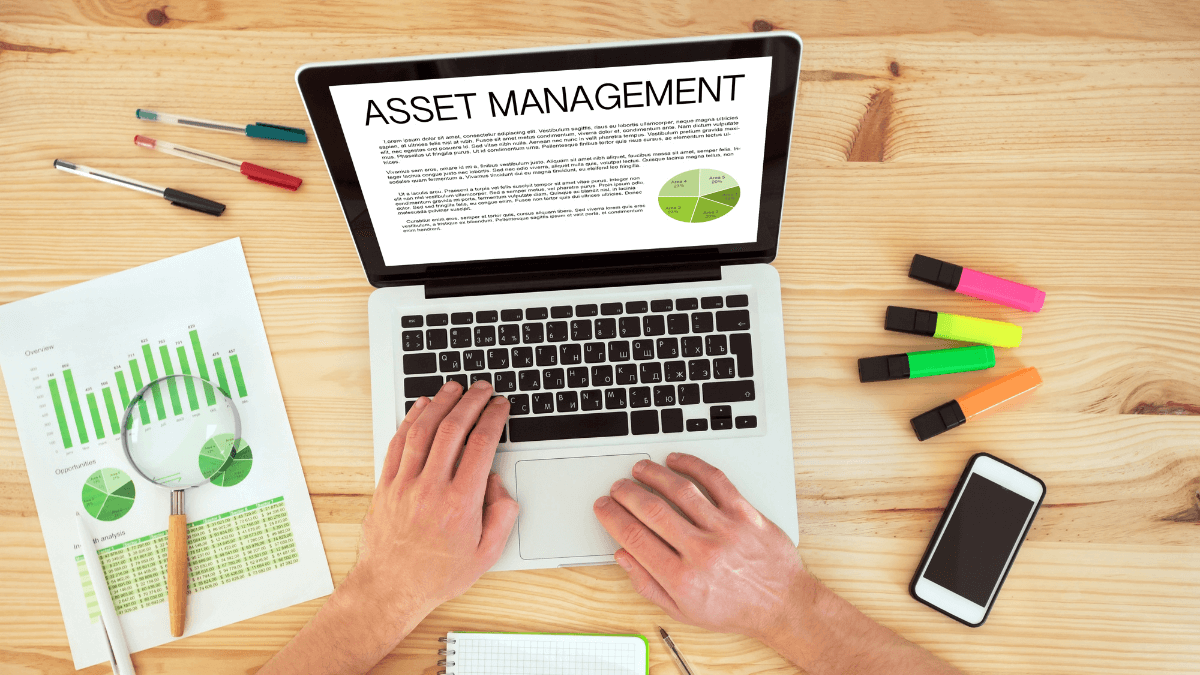Asset management has existed for a long time. Ever since humans started creating and collecting tools and equipment, they had some kind of system to keep track of them.
Even cavemen had spaces to store their tools and weapons, then counted each spear to determine if they had enough to hunt. The same principle applies to modern times.
When you have a lot of fixed assets, you need a proper way to manage all of them. This is where fixed asset management can help you. In a nutshell, it allows companies to effectively locate, track, monitor, and maintain valuable assets.
So, in this article, we’ll provide you with the essential information to give you a general understanding of fixed asset management.
Let’s start!
In this article...
What Are Fixed Assets?
Fixed assets is a term that refers to long-term tangible property or equipment that an organization or company uses to generate income. They are expected to last at least a year before they’re consumed or sold for profit.
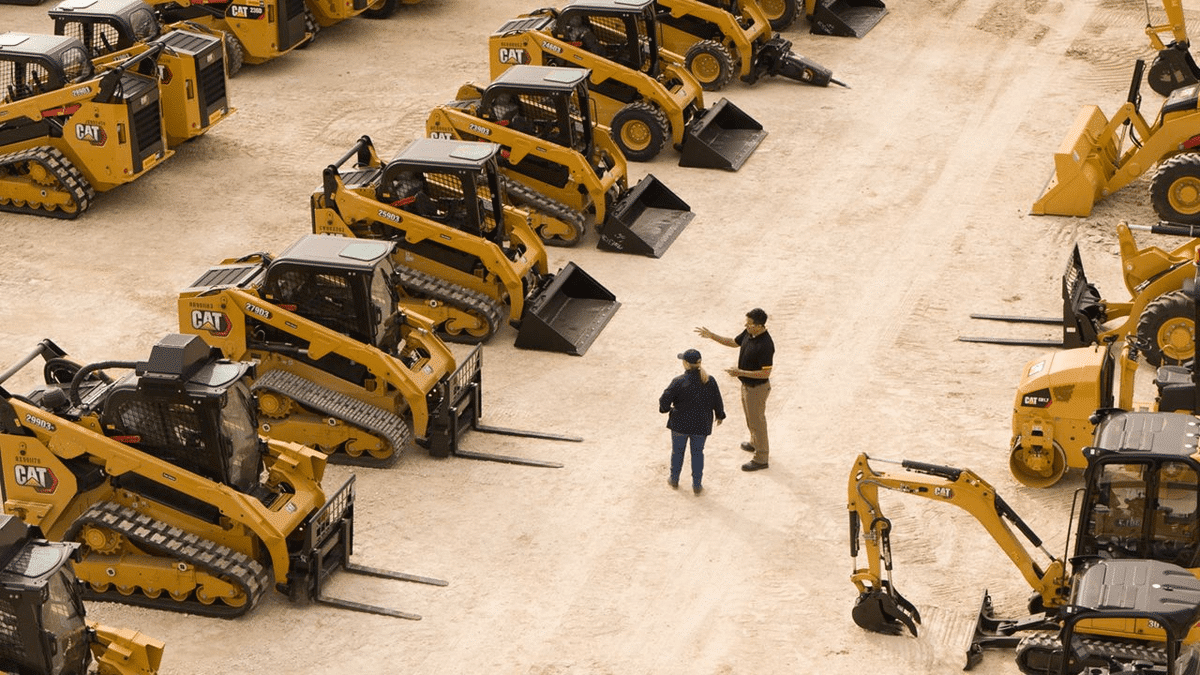
Assets can be any type of machinery, property, or physical item that is owned by a company and used for its operations. Companies usually purchase assets for one of the following reasons:
- Use in organization
- Production of goods and services
- Rental
The main purpose of fixed assets is to achieve positive economic benefits to an organization or company.
Three Types of Fixed Assets
Fixed assets are listed as property, plant, and equipment (PP&E) in a company’s balance sheet.
As mentioned above, these are long-term investments by a company and the overall value of assets can be extremely high or low, depending on the type or amount of assets.

Fixed assets are vital to a company’s business operations, but they can depreciate over time. Therefore, the value of PP&E must be recalculated and reported on a company’s balance sheet during each reporting period.
Here is an example of a balance sheet from Exxon Mobil.
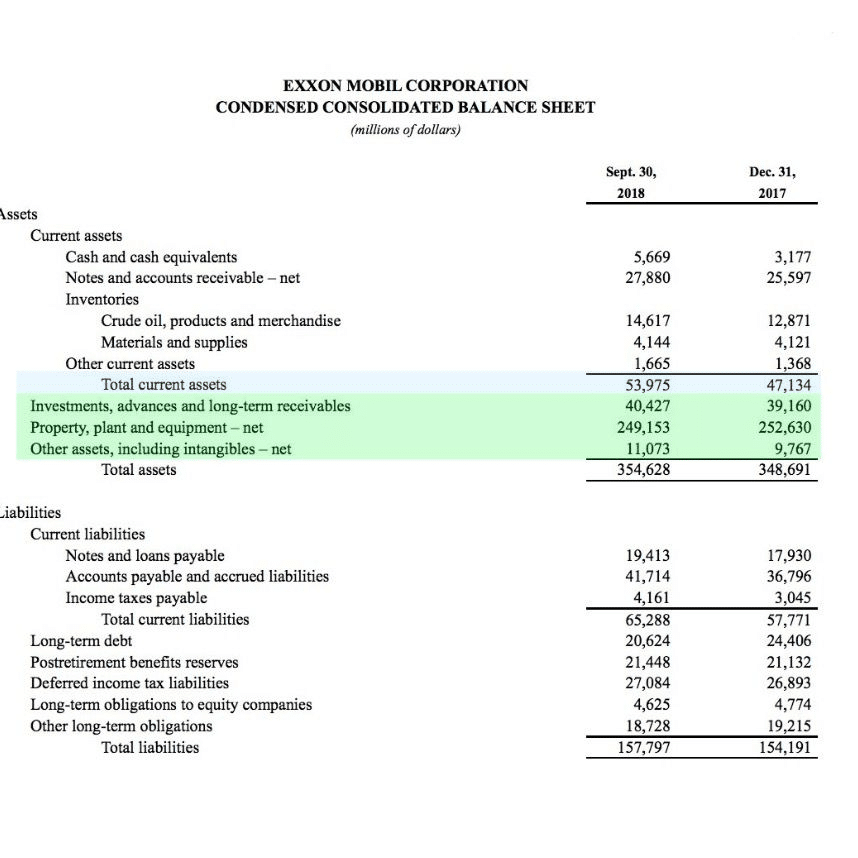
Due to wear and tear, and other factors, we can see that within a year, the company’s PP&E lost nearly $3500 in value. This can affect their price in the disposal process or impact decisions related to asset maintenance.
Examples of Fixed Assets in a Company
We can sort the most common fixed assets into several categories. Here are some of them:
- Machinery
- Tools
- Equipment
- Buildings and plants
- Land
- Furniture
- Intangible assets (patents, trademarks, copyrights)
- Vehicles
So, in a typical construction company, fixed assets would be different types of heavy machinery and power tools used for construction projects such as excavators, boom lifts, hammers, chainsaws, etc. But fixed assets would also include storage facilities, offices, IT equipment, and furniture.

Note that patents and computer software are also considered fixed assets because they provide long-term value to the company. Still, since they do not have a physical form, they’re categorized as intangible assets.
Basically, any item that a company uses to generate revenue and has a useful life of more than a year is considered a fixed asset.
Why Is Fixed Asset Management Important?
Asset management can help you in several different areas, but ultimately, it should maximize value from the investment you made when acquiring assets.
So, here are several different reasons why asset management is important:
Asset optimization | Asset management can help you plan and allocate resources better, thus improving your daily operations. |
Saving costs on maintenance | Having scheduled maintenance plans to prevent sudden equipment breakdowns will save you more money long-term than fixing issues as they come. |
Extending asset lifecycle | Regular monitoring can help you track optimal working conditions that will prolong the asset’s life cycle. In other words, asset management will help you detect when a machine is working beyond its limits. |
Removing ghost assets | Some assets can still ‘’exist’’ in your books even if they were sold, or stolen. To comply with prescribed regulations, you can eliminate them from your records on time with asset management. |
Logically, when you can manage your key assets more effectively, you can also sustainably grow your company. So, don’t underestimate the importance of fixed asset management.
How Do Companies Manage Fixed Assets?
If you follow some of the best practices for fixed asset management, then you’re definitely on your way to streamlining your business operations and growing your company. But first, we’ll briefly cover what you can do to reach those goals.
From the beginning, you need a strong chain of command. This means that you need to appoint a dedicated person to oversee your assets and accurately report different metrics.
Naturally, they will work with other people responsible for asset allocation and maintenance, but it’s important to have a leader whose primary responsibility will be monitoring your assets.
Then, consider properly labeling and tagging your assets. This will enable you to efficiently track your assets with GPS, BLE, or RFID technology if you’re frequently working in remote locations.
You can also set up a geofence to monitor if vehicles and equipment cross the assigned areas as theft prevention.

Putting barcodes or QR codes on your tags also helps other workers gather information about a particular asset. They can simply scan the code with their phones and boost a physical audit of assets.
This brings us to another task you need to do regularly: physical asset verification. This might seem tedious, but verifying if your physical assets match your asset records is necessary.
In a nutshell, identifying ghost assets and removing them can help you with insurance premiums and filing taxes. Besides, why should you pay for assets that you no longer own?
All of these practices are essential for good asset management, so savvy construction companies should follow them repeatedly for any new asset they acquire.
What Are the Three Main Tasks of a Fixed Asset System?
Every asset goes through specific lifecycle stages during the asset management process. It starts with asset acquisition or procurement and lasts until the asset disposal stage (i.e., until you get rid of it).
But while each asset will go through them at a different pace, the same principles apply to most fixed assets.
So, let’s look at three main stages of the asset management process.
Asset Acquisition
In the first stage of the asset management process, you need to properly analyze an asset and identify if it’s the right fit for your company’s needs.
During this stage, it’s imperative to examine financial possibilities and find the most cost-efficient solution.
Sticking with a budget is necessary, but if you find a good deal that might give you a better ROI, then you should also consider being flexible (if you can).

So, there are two main tasks you need to do during this stage: define the costs and determine the asset requirements. Then you can purchase the asset and improve your business operations as planned.
Asset Maintenance
Once an asset is in operation, it should be regularly monitored to detect performance issues. This helps you start with regular maintenance and repairs to prolong the asset’s useful life.
So, according to each asset’s needs, you will conduct different types of maintenance:
- Proactive
- Emergency
- Preventive
- Time-based
Each type should ultimately help you maintain an asset so it performs in the most optimal way. Additionally, you should consider modifications and upgrades where possible to adjust to the demands of the market and project requirements.

What’s important at this stage is to keep an asset in a functioning condition that will serve your company as long as it meets the intended purpose. Once it doesn’t function properly or costs you more to maintain, you should get rid of it.
Asset Disposal
Every asset reaches the end of its useful life at some point. Due to wear and tear, an asset can cause productivity losses, and once that happens, it’s best to get rid of it.
There are several ways you can dispose of your assets, including selling them at an auction, recycling, donating, or trading. Before you throw an asset away, ensure you’re doing it in a way that doesn’t harm the environment.
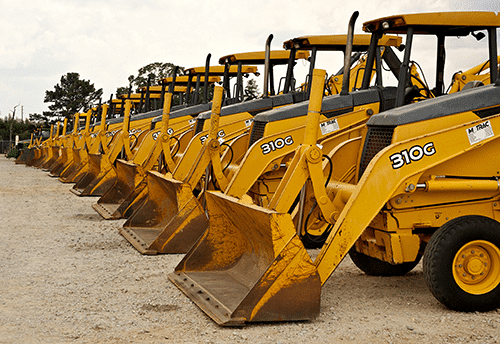
Remember that your assets need to be in optimal condition to keep you competitive, so any asset that does not meet the new operations or regulations should no longer be used.
What Is the Role of a Fixed Asset Manager?
As mentioned before, a dedicated asset manager will be the main person responsible for making sure fixed assets are contributing to the overall construction company’s operations and goals.

A fixed asset manager will have a range of tasks and responsibilities. Some of them include:
- Tagging and tracking fixed assets
- Recording the cost of tangible and intangible fixed assets
- Calculating fixed asset depreciation
- Analyzing and scheduling maintenance
- Accounting for disposal of fixed assets
For example, here is what an asset manager generally does at Drexel University.
The institution only runs asset management for assets valued at over $5000 which are used for more than a year. They need accurate data about fixed assets because they impact the institution’s financial statements.
An asset manager is responsible for auditing assets each year. In early July, the manager is notified to update information in the Fixed Asset Confirmation Tool.
During this process, they need to pay special attention to the location and condition of assets. This means that if an asset doesn’t exist but is accounted for in the records, it should be marked as “DS – Disposed/Junked”. Then the asset will be properly written off.
Additionally, if there were any asset transfers between departments, asset managers should also record that using the Capital Asset Disposition/Transfer Form and send it to the General Accounting Department.
Asset managers should also report any stolen or sold assets to this department and fill out the same form for disposals of fixed assets.
As you can see, there are specific protocols and rules an asset manager has to follow to do their job. While their day-to-day tasks may differ, the main duties of an asset manager remain the same no matter the company, institution, or organization.
What Tools Do Companies Use for Fixed Asset Management?
If you have a lot of assets, managing each of them to the standard that will benefit your business may seem daunting. But there is a way to simplify and streamline your asset management activities.
It’s called fixed asset management software.
These digital solutions allow companies a comprehensive insight into their assets.
Typical tasks such as monitoring, tracking, reporting, and auditing are more manageable with a centralized, cloud-based system from which you can pull out information from anywhere and any time.
Basically, you want to automate most tasks associated with asset management.
This means that a digital solution will help you schedule and report maintenance activities, but it will also have accurate and real-time data about the location of assets and who is using them.
Here are some other key features that make asset management software a smart investment:
Inventory management | You can also track supplies and parts in your warehouse. |
Mobile access | Widespread use of smartphones enables everyone to access relevant asset information whenever and wherever. |
Analytics and reporting | When you track various KPIs you can uncover major problems and report them on time. Over time, you can have a trail of records regarding maintenance, performance, costs, and part replacement. |
Having accurate data at your disposal whenever you need them will address complex asset issues, reduce downtime and increase safety on the job site.
So, find a tried and trusted fixed asset management software, like GoCodes, which will enable you complete visibility of your assets, from procurement to disposal.
You can conduct audits with minimal hassle and store your asset data in one centralized cloud-based system. Additionally, you can generate asset reports and make informed decisions that will impact your business.
As one of GoCodes’ customers reported, the software is very easy to set up and use, which gives you more time to spend on your core business activities.
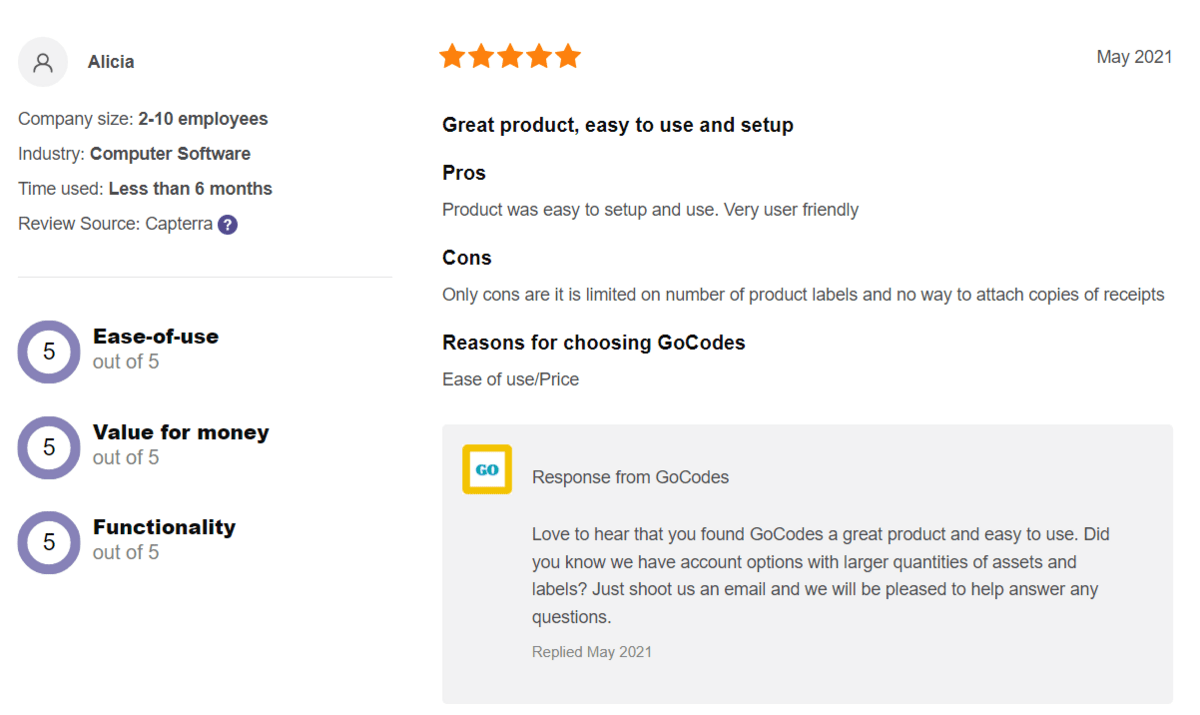
Finally, investing in asset management software is one of the best ways to keep track of your assets and simplify your day-to-day fixed asset management tasks.
Conclusion
Managing fixed assets means taking care of a company’s most valuable investments. Since these items are essential for generating income, you need the right methods and strategies to reach your goals.
So, while there are numerous tasks associated with asset management, having a dedicated asset manager and reliable asset management software will simplify this process.
Now that you know fixed asset management basics, you’re ready to keep track of your assets and improve your business productivity.

